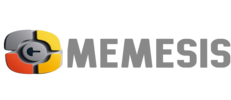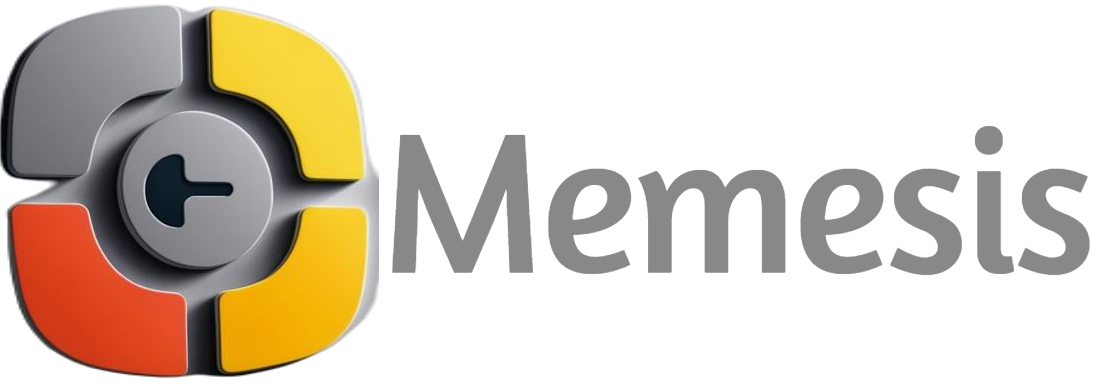Our Approach
At Memesis AI, we adopt a client-focused approach to implement web scraping projects. Combining RPA (Robotic Process Automation) and AI for web scraping creates a powerful way to extract and analyze data.
Define Objectives: Identify what data you need (e.g., prices, reviews, contact details) and how it will be used (e.g., market analysis, decision-making). Set Success Metrics: Decide how you’ll measure success, such as data accuracy, scraping speed, or compliance. Select Websites: Choose the websites to scrape. Look for websites with publicly available data that comply with ethical and legal standards. Define Automation Steps: Map out each step, such as logging in (if required), navigating pages, extracting data, and storing results. Handle Dynamic Content: Plan how to deal with JavaScript-heavy or dynamic websites using tools like Selenium or headless browsers. Incorporate AI: Extracting meaningful patterns from unstructured data, Solving CAPTCHAs or identifying visual elements. Develop Initial Bots: Use RPA tools to automate navigation and data extraction tasks. Integrate AI Models: Train or apply AI models for specific challenges, like identifying relevant sections of text or analyzing scraped data. Test the Bot: Run your bot on a small dataset to verify accuracy and check for issues like incomplete data or site blocks. Respect Terms of Service: Ensure the scraping complies with the website’s terms and conditions. Data Privacy Compliance: Ensure compliance with data protection laws like GDPR or CCPA. Database: Decide where to store scraped data (e.g., SQL, NoSQL, or cloud storage). Data Format: Save data in a usable format such as CSV, JSON, or directly into dashboards. Integrate with Business Systems: Deliver the data to CRMs, BI tools, or analytics platforms for immediate use.












